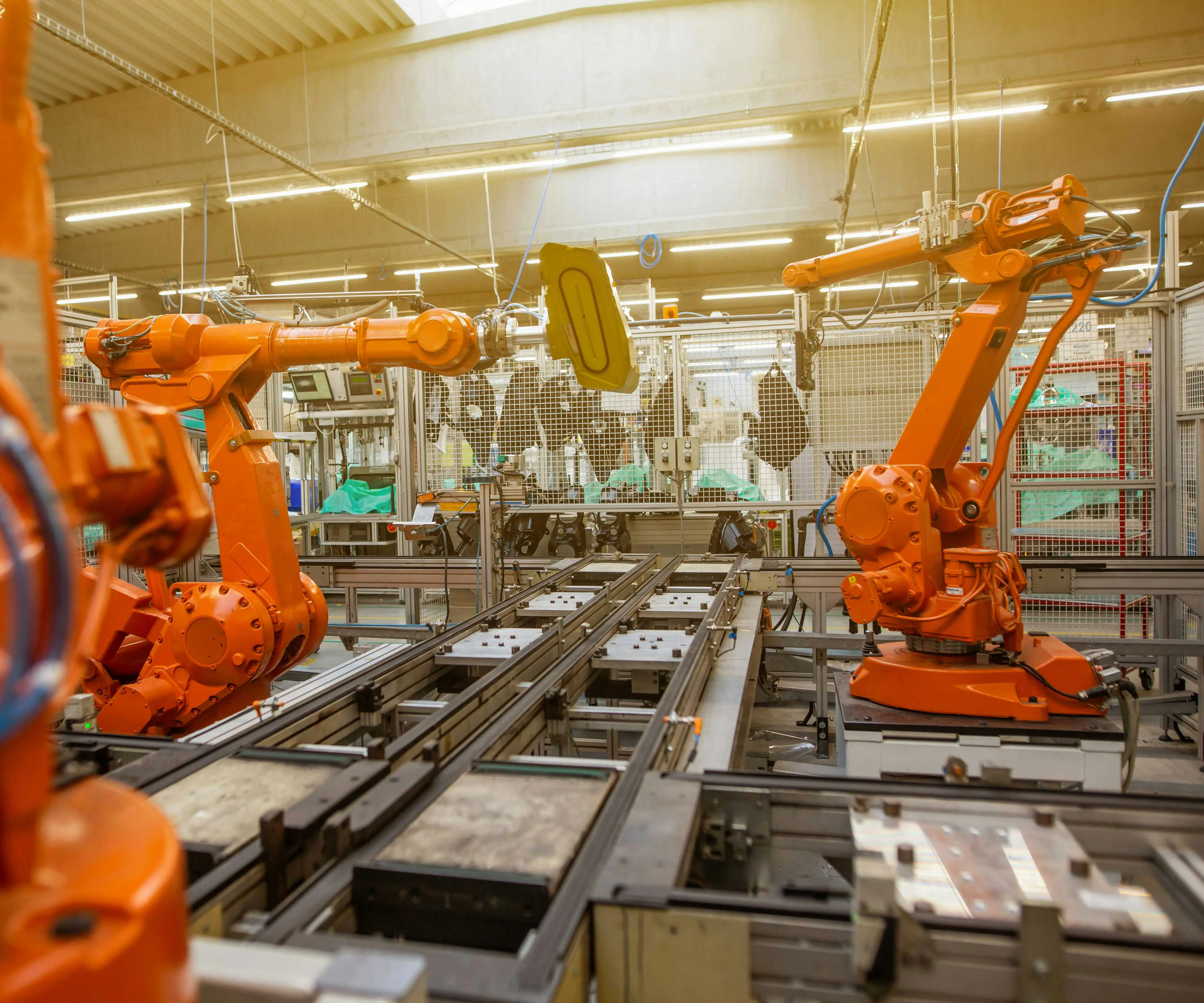When you hear "service" versus "microservice," it’s easy to get tangled up in technical jargon. But here's the truth: understanding the difference isn’t just about nerdy definitions — it’s about how these concepts shape your entire approach to building, scaling, and maintaining applications.

Let’s start with the basics. A service can be a broad term. Think of it like a restaurant that offers a variety of dishes. It does one thing well, maybe manages user profiles or processes payments. It sits in a larger system, often tightly coupled with other parts of a monolithic application. You’ve got one big chunk of code handling everything, which makes updates, scaling, or debugging feel like trying to overhaul a whole building instead of a room.
Now, contrast that with microservices. Picture a pizza shop with small, specialized teams: one only handles dough, another makes sauce, a third assembles toppings. Each microservice focuses on a tiny, well-defined task. The real magic? These tiny teams—or microservices—can run independently, tweak their part of the system without messing up the whole kitchen. They communicate through cleanly defined channels, usually APIs, and are deployed separately.
Why does this matter? Because microservices bring agility. Imagine needing to scale your user login system suddenly — with microservices, you can spin up more instances just for that, without touching the rest. Meanwhile, a monolith often demands scaling everything, just to meet one component’s need, which can be expensive and clunky.
Plus, maintainability takes a huge leap. When a bug pops up in a monolithic system, it’s like finding a needle in a haystack. In a microservices setup, you zero in on one tiny piece without risking everything else crashing down. But hey, don’t forget, microservices aren’t a silver bullet. They introduce complexity too — managing communication, consistency, and data sharing becomes a puzzle.
I’ve seen teams struggle with this shift. They think, "More micro, better?" Well, not exactly. The goal is to find that sweet spot — where the system is modular enough to innovate fast, but not so fragmented that it becomes chaos.
Curious about how to steer your project into the microservice era without drowning? Sometimes, the best move is to start small. Pick a part of your system that bogs down updates or faces scaling issues. Break it out into a microservice. Test, learn, then expand gradually.
Thinking through real-world scenarios, you might wonder, "Would my small app benefit from switching?" The truth is, microservices shine when your app grows and needs to adapt quickly. For smaller projects, a well-structured monolith might still do the trick.
In the end, both approaches aim to serve users better. The question becomes: Do you want to craft a resilient, flexible architecture that scales with your ambitions, or stick to a single, sturdy block that gets the job done but limits growth? The choice is yours, but knowing the difference helps you choose the right path.
Established in 2005, Kpower has been dedicated to a professional compact motion unit manufacturer, headquartered in Dongguan, Guangdong Province, China. Leveraging innovations in modular drive technology, Kpower integrates high-performance motors, precision reducers, and multi-protocol control systems to provide efficient and customized smart drive system solutions. Kpower has delivered professional drive system solutions to over 500 enterprise clients globally with products covering various fields such as Smart Home Systems, Automatic Electronics, Robotics, Precision Agriculture, Drones, and Industrial Automation.




































